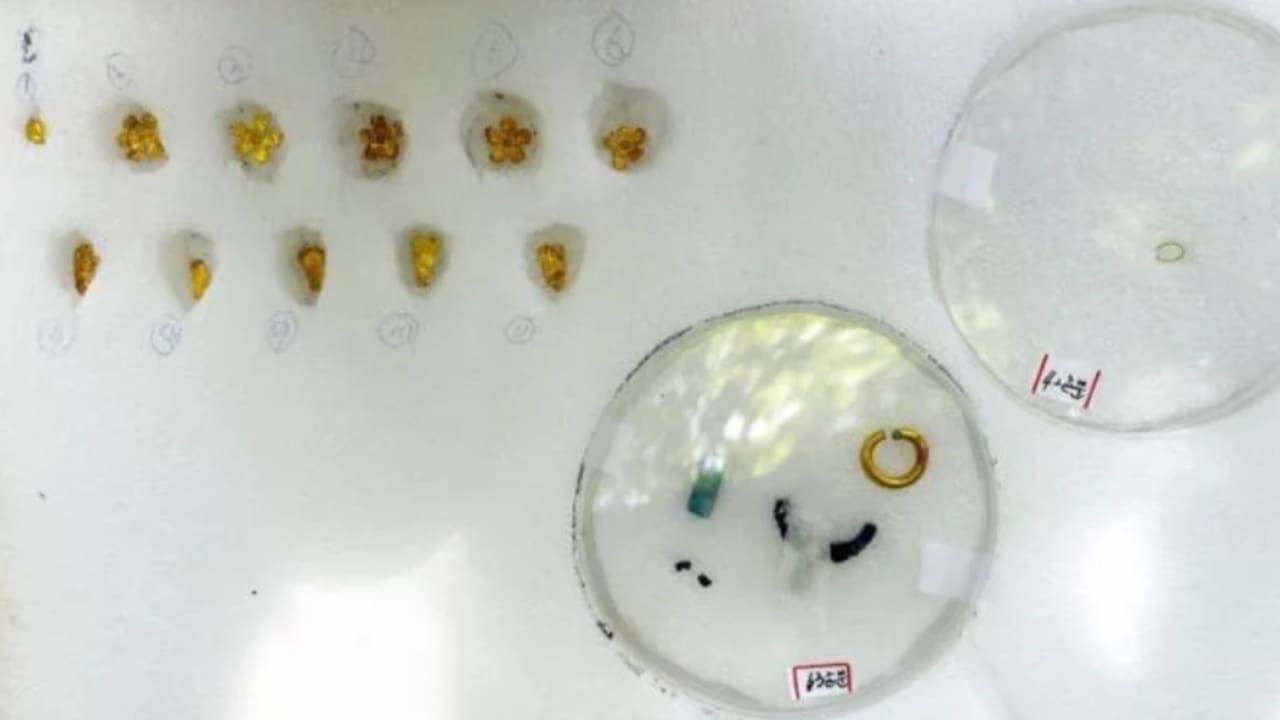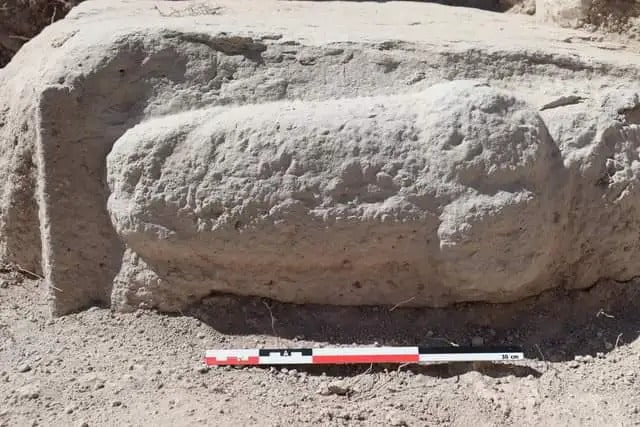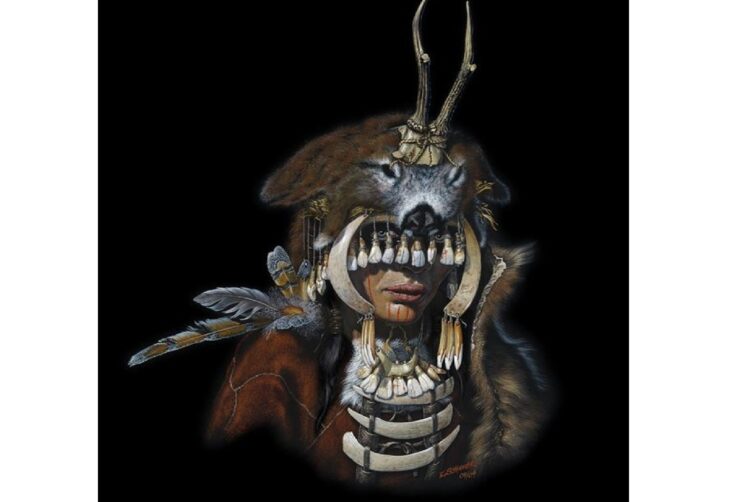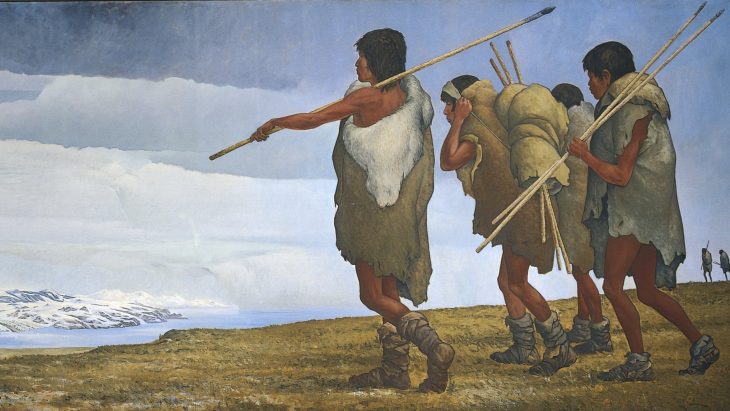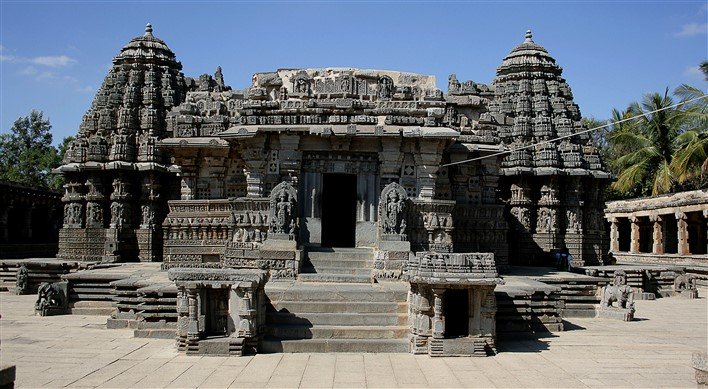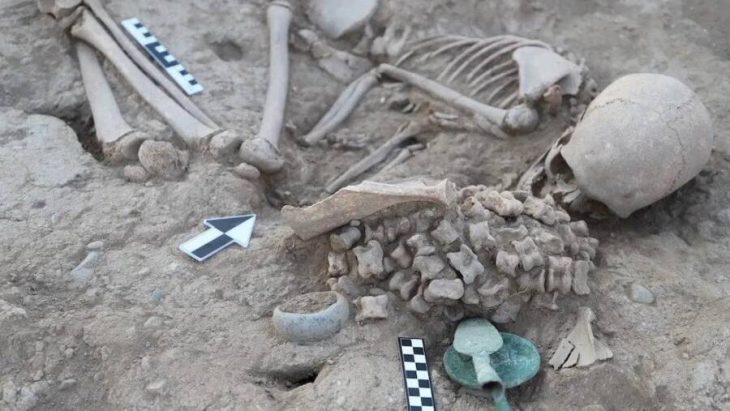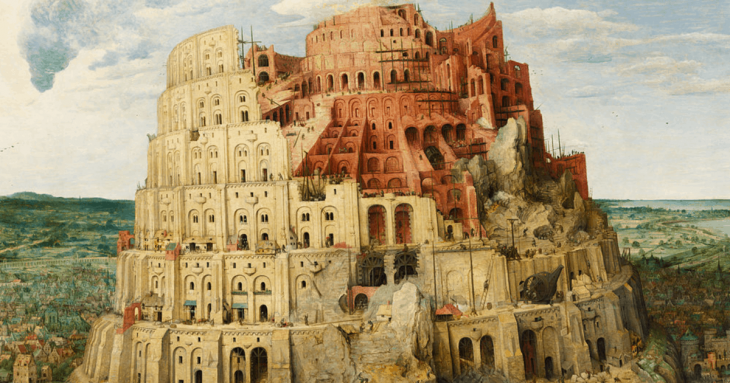A major archaeological discovery has been made in Jeongeup, South Korea, where the Eunsun-ri and Dogye-ri tomb clusters have yielded a remarkable collection of Baekje-period artifacts. Excavated under the National Heritage Administration’s conservation and maintenance project, the find includes gold ornaments, Baekje-style pottery, ironware, and decorative items that shed new light on the cultural and political significance of the Baekje Middle Region Culture (18 BCE–660 CE).
Treasures Unearthed: Gold and Ornamentation
The artifacts include gold beads, flower- and leaf-shaped decorations, gilt-bronze inlays, bronze bracelets, glass beads, and intricately crafted hairpins. These items not only demonstrate the craftsmanship of Baekje artisans but also suggest the high social status of those buried in the tombs.
According to Jeongeup city officials, the gold ornaments are comparable to relics unearthed from tombs of the Baekje Hanseong Period (Seongnam and Hanam areas) and the Ungjin Period (Gongju and Gunsan). Such comparisons highlight the strong academic value of the discovery, as the ornaments provide critical insights into trade, cultural exchange, and regional identity during Baekje’s rule.
Scale of the Tomb Groups
The Eunsun-ri and Dogye-ri tomb clusters cover an expansive 2-square-kilometer area in Yeongwon-myeon, Jeongeup. More than 270 tombs have been identified, among which 56 horizontal stone chamber tombs were officially designated as national cultural heritage in 2018.
Excavations have been ongoing since 2022, revealing layer by layer the history and significance of the Baekje ruling elites who once dominated the region. While some tombs suffered damage from ancient grave robbers, surviving artifacts still offer invaluable insights into burial practices, political authority, and social networks of the time.
📣 Our WhatsApp channel is now LIVE! Stay up-to-date with the latest news and updates, just click here to follow us on WhatsApp and never miss a thing!!
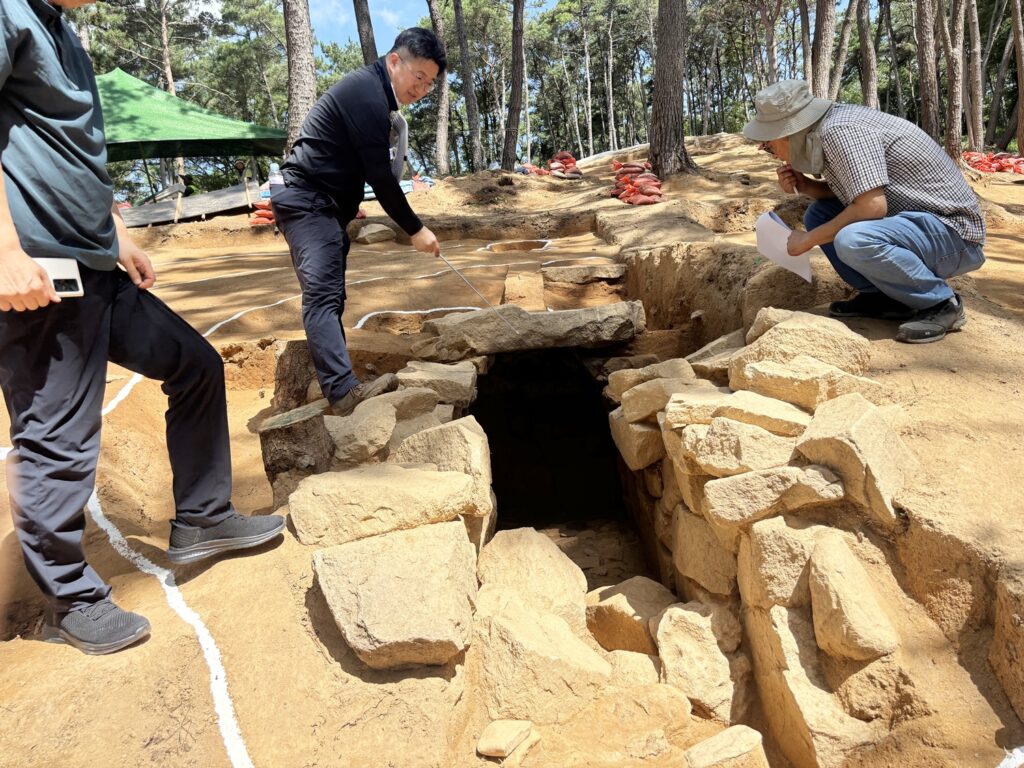
The Role of Baekje Pottery
Alongside the precious ornaments, archaeologists unearthed a wide range of Baekje-style pottery, including three-legged vessels (samjok togi), bottle-shaped jars, and large round bowls. These ceramic pieces are crucial for understanding Baekje’s daily life and ritual practices.
Baekje pottery is renowned for its elegance, thin walls, and high-fired gray or black surfaces. It reflects a sophisticated aesthetic that influenced not only other Korean kingdoms but also Japan during the Asuka period. Pottery fragments from Jeongeup serve as both functional artifacts and cultural symbols, bridging everyday use with ceremonial importance.
Historical and Cultural Significance
The discovery strongly reaffirms Jeongeup’s position as a central hub of the Baekje Middle Region Culture. Baekje, one of Korea’s Three Kingdoms, was celebrated for its advanced artistry, international diplomacy, and architectural innovation. Finds from the tombs suggest that local rulers of Jeongeup maintained close ties with Baekje’s central power and actively participated in cultural and political exchanges.
“This excavation reconfirmed that Jeongeup was the center of the Baekje Middle Region Culture,” said Jeongeup Mayor Lee Hak-soo. “We will continue to promote the academic value of these relics while also transforming them into valuable tourism assets for the city.”
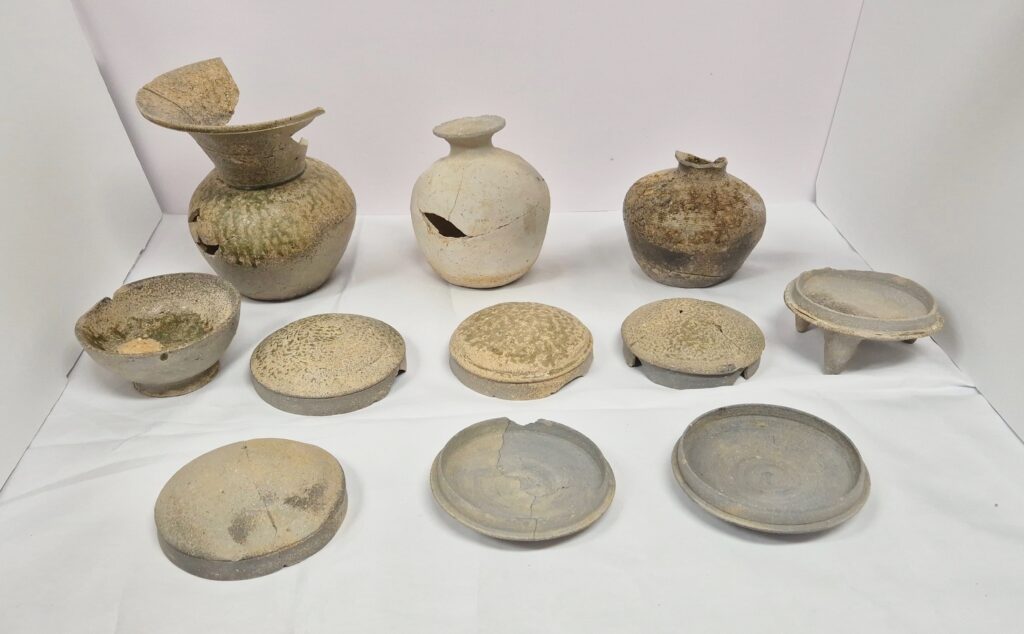
From Heritage to Tourism
For Jeongeup, the excavation is not only an archaeological breakthrough but also a cultural opportunity. As the city invests in preserving and showcasing the finds, experts believe the tombs could become a focal point for heritage tourism in South Korea.
The combination of gold ornaments, ironware, and iconic Baekje pottery tells a story of prosperity and artistic excellence that continues to resonate in Korea’s cultural identity today.
A Legacy Unearthed
The Eunsun-ri and Dogye-ri discoveries underline the enduring importance of archaeology in illuminating the past. Each gold bead, pottery shard, and bronze bracelet adds to the narrative of Baekje’s influence in the Korean peninsula. As excavations continue, scholars and visitors alike can expect new insights into how this ancient kingdom blended artistry, ritual, and power to leave a legacy that transcends centuries.
Cover Image Credit: Gold jewelry excavated from the ancient tombs of Eunseon-ri and Dogye-ri. Jeongeup City

